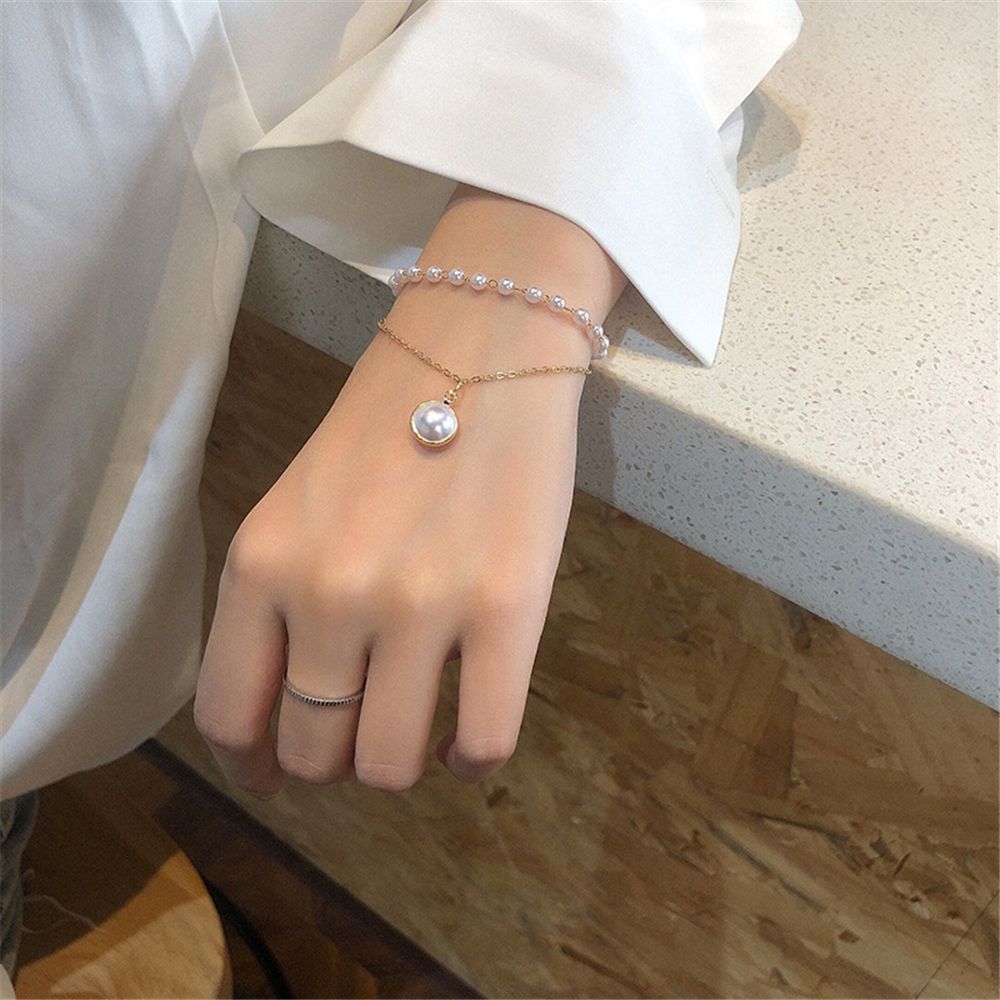What inclusions are included in diamonds?
Posted on December 29, 2023
Friends who know gemstones know that many gems have inclusions inside, and we see fewer diamonds with inclusions, this is because of the huge reserves of white diamonds, a large number of white diamonds on the market are of high quality, in fact, many diamonds have inclusions inside, today I will take you to understand what inclusions diamonds have!

1. Needle: Colorless fine needle-like crystals, which have little impact! 2. Pinpoint dots: very small dot-like inclusions inside the diamond, which often appear in vvs grade clarity and have no effect. 3. Crystal contains crystals: solid inclusions inside the diamond, divided into dark or black colorless or light color, light color has little effect, vigilance is visible to the naked eye black inclusions, generally common in clarity SI and below. 4. Twinning Wisp Twin Grain: Radial natural texture, similar to spider webs and cotton wool, generally appears on diamonds with low clarity, and clarity selection above VS2 can generally be avoided. Do not be obvious black, do not have a large number of twin grains, affect the light refraction, cause milk drills. 5. Cloud clouds: Diamonds are gathered together by very small impurities, hazy and borderless, similar to clouds. Avoid a lot of clouds, which can cause milk diamonds, but not all diamonds with clouds are milk diamonds! 6. Feather feather cracks: cracks within or extending into the interior of a diamond, similar to feathers. Feathering can occur even in VVS1, try not to exist in the middle of the diamond table or in a large area, large feathers at the waist flute, do not, affect the durability of the diamond, small problems are not big. 7. The internal texture of lnternal graining, the growth traces caused by the irregular arrangement of atoms inside the diamond. Colorless and unaffected, the color affects the fire a little! 8. Indented Natural Concave Natural Facets\Natural Natural Facets: The original crystal planes or facets left in the cutting to preserve the weight of the diamond are generally at the waist, the small ones do not affect the large ones, and the large ones have a certain impact on the firmness. 9. Knot crystals: The crystals left on the surface of the diamond after polishing are not fully wrapped, and half of them are exposed and bulge outside, so don't buy them on the countertop! 10. Cavity Cavity: Part of the feather crack falls off or the crystal touching the surface falls off, or the angular break formed by the diamond being forced to fall off during the polishing process, the clarity of this is not good! 11. Bruise abrasion: The surface marks left by the diamond by external friction or improper manual polishing, try not to buy it! 12. Beard Whisker Waist: Improper operation during the rounding of the diamond will leave small cracks on the waist, do not. 13. Laser Drill Hole: Manually use laser laser to remove large impurities inside the diamond, and then pour glass or silica gel into it to improve the fire, it is not recommended to buy. 14. Cleavage cleavage crack: Any damage along the crack surface is called a crack defect, which usually extends from the surface to the inside, don't buy it! 15. Etch Channel Concave Erosion Tube: Diamonds are eroded by high-temperature magma under the surface to form tubular traces, don't. 16. Chip notch: A shallow pit formed by damage to the surface of the diamond, generally at the edge of the girdle, at the intersection of facets or at the culet! Today I will share it with you here, Mingyang Jewelry - jewelry customization experts around you, friends who like jewelry, you can come to share with me, bye-bye!
Cart
0 Item(s)
